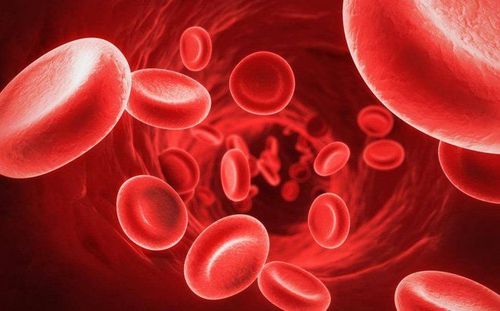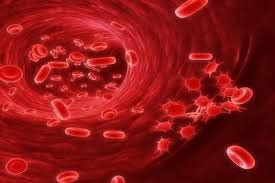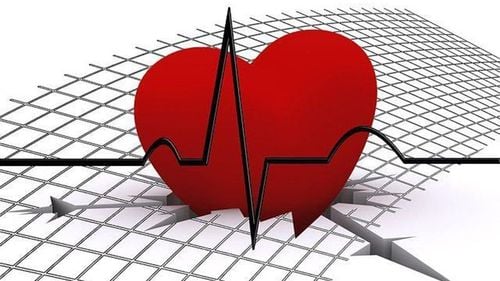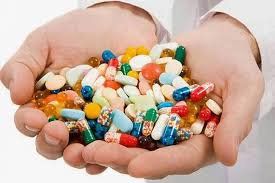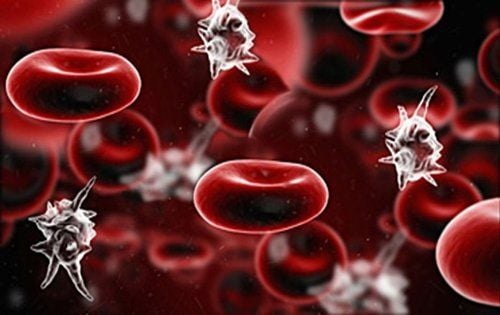This is an automatically translated article.
Septic shock is a serious condition of infection, in order to save the patient, in addition to using antibiotics, doctors also need to use some other drugs, including vasopressors.
1. What is septic shock?
Septic shock is a severe form of infection, with a mortality rate of up to 40-60%. The disease progresses continuously from the onset of the body's systemic inflammatory response to microbial invasion, then to severe infection, followed by septic shock, and finally to multiple organ failure leading to dead.
When bacteria enter our body, it will cause inflammatory reactions, under this effect inflammatory cytokines will be released, when the anti-inflammatory factor is weaker than the inflammatory factor, the secondary organs will be damaged and create a pathological spiral that causes multi-organ failure.
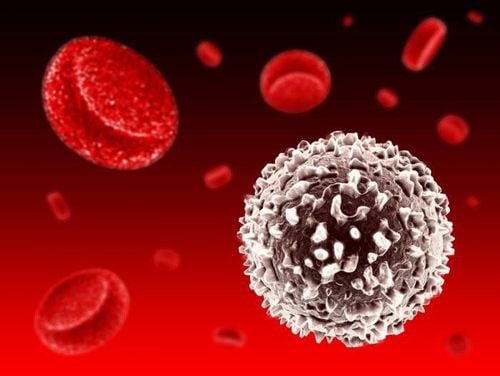
Sốc nhiễm khuẩn cần được phát hiện sớm
2. Causes of disease
The cause of this condition is because bacteria or fungi from the bacterial infection in the body enter the bloodstream from:
Skin, soft tissue, musculoskeletal. Gastrointestinal tract: Biliary tract infection, liver abscess, enteritis,... Respiratory tract: Bronchitis, pneumonia, lung abscess, empyema,... Urinary system: Pyelonephritis , pyelonephritis,... Nervous system: brain abscess, purulent meningitis,... Other bacterial infections such as: acute and subacute endocarditis,...
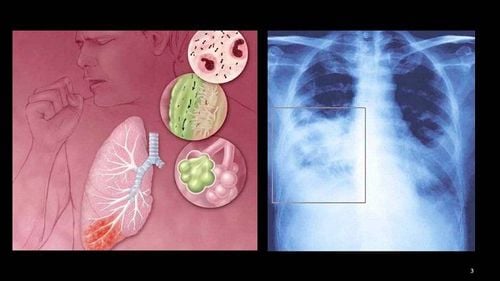
Bệnh lý viêm phổi có thể là nguyên nhân gây bệnh
3. Why use vasopressors in septic shock?
The treatment of septic shock should prioritize stabilizing respiratory status followed by improvement of tissue perfusion. The goal of treatment is to achieve mean arterial pressure above 65 mmHg, venous blood hemoglobin oxygen saturation above 70%, and urine output above 0.5 ml/kg/h.
To achieve this goal, guidelines for the treatment of septic shock emphasize aggressive volume replacement and treatment of the underlying cause. After the patient has been filled with volume but still has not reached the target, vasopressors should be used. Because along with the drainage of fluid out of the blood vessels, the blood vessels also dilate, so it is necessary to make the blood vessels contract as usual, so a vasopressor (vasoconstrictor) is required.
4. Vasopressors used in septic shock
Vasopressors are used only when the patient has been assessed for adequate fluid resuscitation. There are some opinions that noradrenalin or Dopamine should be preferred to maintain mean blood pressure ≥ 65 mmHg. However, there is no evidence for the superiority of any one vasopressor, and noradrenalin, Phenylephrine, Epinephrine, Vasopressin, or Terlipressin can be used safely and with similar results.
4.1 Noradrenalin Noradrenalin is commonly used in septic shock, it has a strong vasoconstrictor effect, a slight increase in cardiac output and a reflex slowing of the heart rate. The dose of Noradrenalin in septic shock is as follows:
Initial dose: 0.05 mcg/kg/min. If there is no response, the dose is gradually increased by 0.05 mcg every 5 to 10 minutes, until mean blood pressure is ≥ 65 mmHg. The maximum dose is 5 mcg/kg/min.
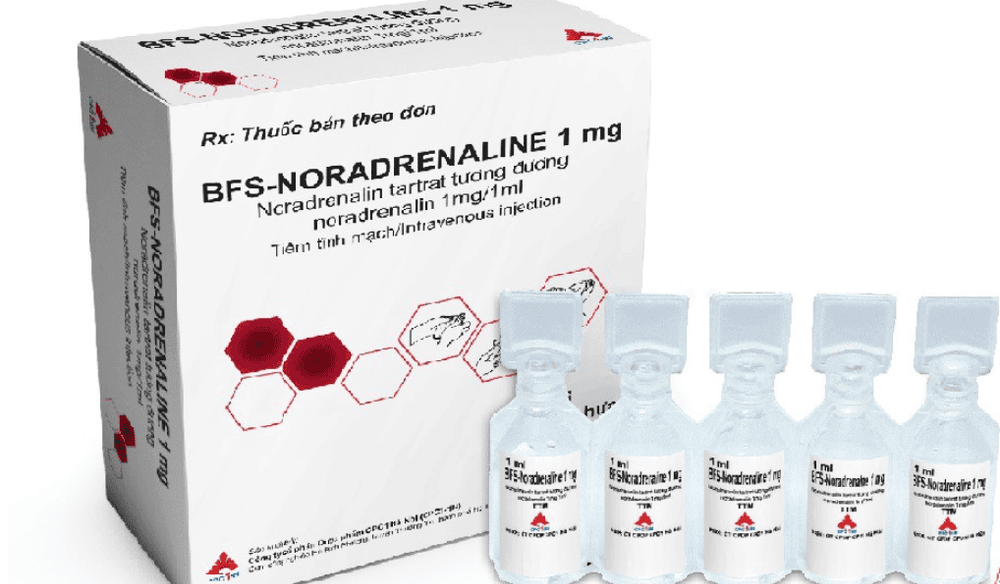
Thuốc Noradrenalin
4.2 Dopamine Dopamine has different effects depending on the dose used. In case of septic shock, Dopamine is used at the following dose:
The starting dose is: 5mcg/kg/min. If no response, gradually increase 3 - 5 mcg every 5 - 10 minutes until response. The maximum dose should not exceed 20 mcg/kg/min. 4.3 Dobutamine Dobutamine is added in combination if ScvO2 ≥ 70% cannot be maintained. Dosage of Dobutamine is as follows:
Initial dose: 3 mcg/kg/min. If no response, gradually increase dose 3 - 5 mcg every 5 - 10 minutes. The maximum dose is 20 mcg/kg/min. Clinically, the choice of vasopressor will depend on whether the patient is hyperactive or hypoactive in septic shock. Specifically as follows:
If in the state of hyperkinetic shock: the patient has hypotension, decreased peripheral resistance, increased cardiac output and warm extremities, vasoconstrictor drugs such as Noradrenalin will be more effective. If in the state of hypodynamic shock: the patient has hypotension, a slight decrease in peripheral resistance, decreased cardiac output, cold extremities, Dopamine may be preferred because it increases mean arterial blood pressure and at the same time. reduce peripheral resistance. However, because Dopamine often causes arrhythmias and often does not achieve the treatment goal when used alone, noradrenalin should still be chosen.
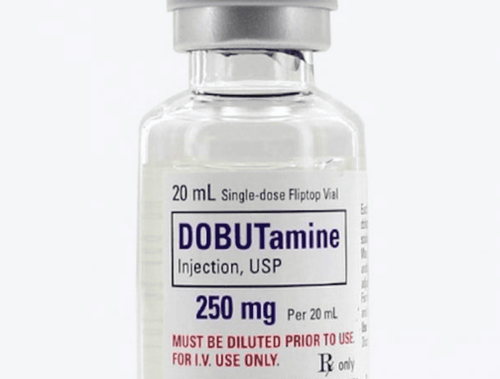
Thuốc Dobutamin
Thus, vasopressors are essential in the treatment of septic shock. However, when to use, which drugs to use, and how much to use, should be based on the doctor's examination to assess the condition of each specific patient.
Please dial HOTLINE for more information or register for an appointment HERE. Download MyVinmec app to make appointments faster and to manage your bookings easily.




